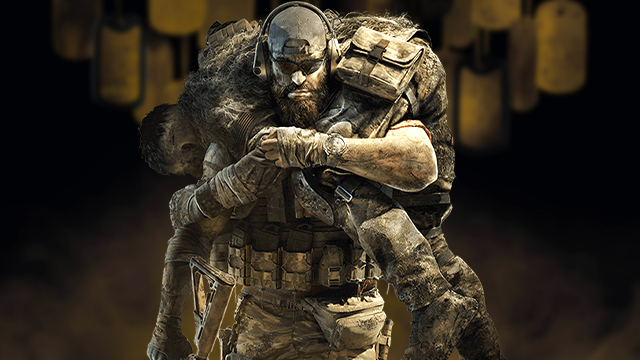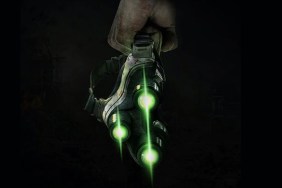There is no denying that Ghost Recon Wildlands was a gigantic success for Ubisoft. The open-world third-person shooter wound up being the seventh best-selling game in all of 2017 and 15 million registered players since release. So, it’s no surprise that Ubisoft would go back to the well and create a sequel that builds upon both its cooperative gameplay and tactical shooter promise. That being said, the game was quite a dull experience at launch that didn’t have a clear direction and failed to tell a meaningful story that was worth the time investment. But Ghost Recon Breakpoint can change that.
Despite my many qualms with Ghost Recon Wildlands, I am looking forward to seeing how the company bounces back with Ghost Recon Breakpoint. Clearly interest is there in the series, and there were a lot of great ideas (with rough execution) that can be expanded upon in the sequel.
Ghost Recon Breakpoint has the beginnings of an interesting story
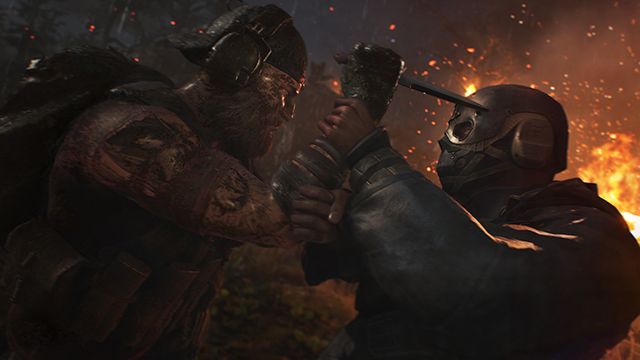
One of the biggest faults of Wildlands was that its story absolutely sucked. It had a lot of potential, as it focused on the hierarchy of a drug cartel and the members within. However, even when Ubisoft gave characters an interesting backstory, such as one commander being a former United States war veteran that was suffering from post-traumatic stress disorder, the game failed to do anything interesting with the scenario. It could have been a compelling world that could have said something about Bolivian culture or what drives people into the cartel in the first place but it fumbled those opportunities.
From what Ubisoft has shown so far, it looks like Breakpoint will tell a more intriguing tale. First off, it deals with a real issue in current warfare and ethical tech consumption as it will revolve around a group of former Spec Ops soldiers called The Wolves that are using lethal drones to take over the island of Aurora. These drones were originally developed by the Skell corporation, which had supposedly good intentions for these devices, but they were then hacked by the rogue group of baddies.
There’s a lot of potential to touch on the trauma of warfare and why these soldiers decided to keep fighting rather than try to return to civilization (such as Metal Gear Solid explaining why Big Boss could never leave the battlefield). It should also go deeper into the use of drones and gives a stance on if there’s anything really moral about using lethal drones in general. Whether or not it will deliver on the solid premise remains to be seen, but hopefully Ubisoft will handle these topics with nuance.
Ghost Recon Wildlands suffered from repetitive missions and dull world design
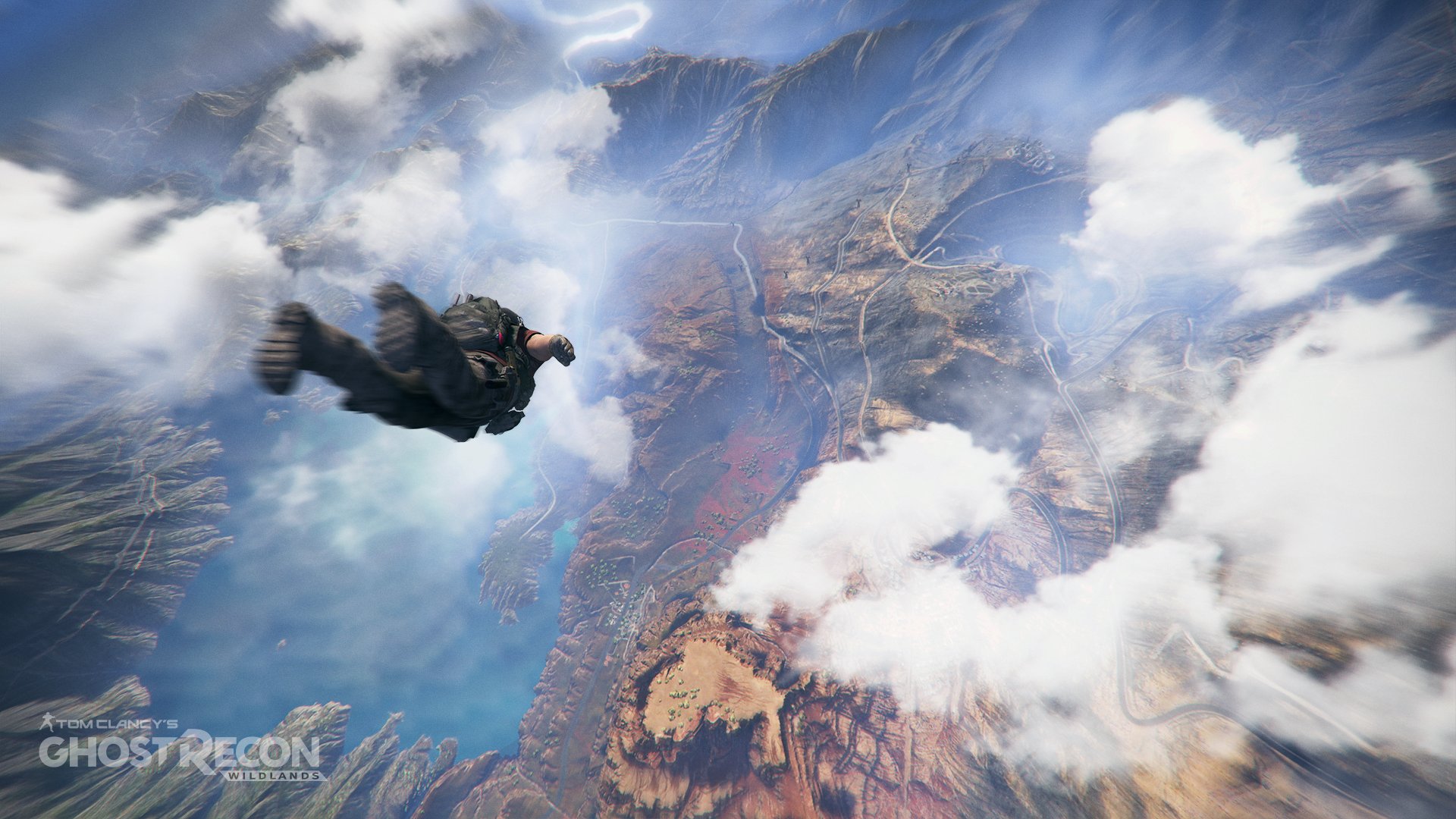
The first title in the series took place in the real-world setting of Bolivia, which has a diverse landscape filled with mountains. However, Ubisoft did a poor job of making the country feel alive and it was generally pretty boring getting from place to place. By setting Breakpoint on a fictional island with beaches, jungles, deserts and a volcano, the studio can create a more interesting world that is worth exploring rather than having a ton of landmass just to put an impress number out in press releases.
Wildlands also had a one-note mission structure. Almost every objective had the player traveling to an enemy base, taking out the foes, and then retrieving an object or hostage. After just a few hours of play, it was out of any sort of surprises. With Auroa being called the “most dangerous place on Earth” by Ubisoft and The Wolves hunting down the player, it should provide more variety in what to do.
Computer teammates need to be more helpful in Ghost Recon Breakpoint
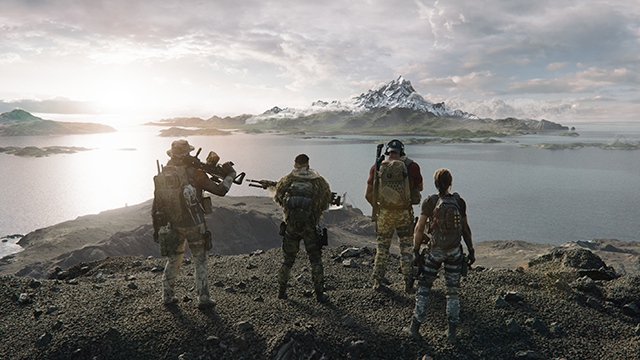
A major focus of Wildlands was that it was built to be played with friends in co-op. When playing solo, you still had a crew, but it was a series of incompetent soldiers that liked to stand in front of enemy fire and get right in their line of sight while sneaking around. Thankfully, there weren’t any real penalties for how stupid the teammates were, but it was immersion breaking and added nothing to the experience.
Even though they were mostly useless, you could use the computer-controlled teammates to provide sniper support. However, if you played multiplayer with just one other person, it was impossible to fill out your four-person group with A.I. teammates. This needs to be fixed in the sequel, as it’s not always possible to get four of your friends together for a play session and players shouldn’t be punished for wanting to play with one of their buddies.
It can fix Ghost Recon Wildlands‘ disappointing stealth mechanics
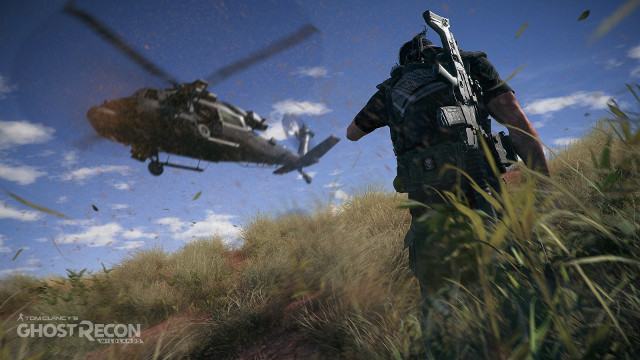
Stealth was another constant issue in Wildlands as the interactions were quite limited despite the game wanting players to sneak around often. For example, it was impossible to drag bodies of soldiers around. This meant that those on patrol would eventually find unconscious or dead squad-mates and raise the alarms without you actually getting spotted. It made being sneaky more frustrating than an actual challenge. It could be a much more satisfying experience if Ubisoft decides to tweak its stealth mechanics just a bit. Maybe the soldiers have learned a thing or two from Sam Fisher in their brief interaction.
Why Ghost Recon Breakpoint can finally deliver on the promise of the original
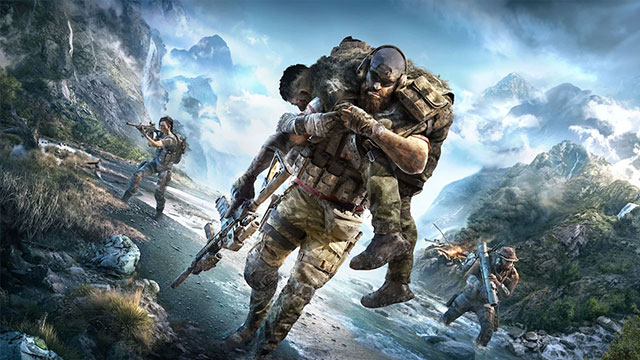
Ultimately, Ghost Recon Wildlands was a highly ambitious shooter that tried to do too much. It was a jack of all trades, yet a master of none. Despite these flaws, the premise was so solid that it became one of the biggest hits of this console generation. Ideally, Ubisoft will use this second chance and all the feedback it has received as an opportunity to refine its strengths and fix its weaker elements. If done correctly, Ghost Recon Breakpoint could wind up being a Game of the Year contender and actually deserve all of the sales it will undoubtedly receive. The framework is already there and begging to be built upon, the French publisher just needs to capitalize on it.
